Exhibition | Life Cut Short

Mourning ring containing lock of Alexander Hamilton’s hair presented to Nathaniel Pendleton by Elizabeth Hamilton, 1805, gold and hair
(New-York Historical Society, Gift of Mr. B. Pendleton Rogers, 1961.5a)
◊ ◊ ◊ ◊ ◊
From the press release for the exhibition now on view at the New-York Historical Society:
Life Cut Short: Hamilton’s Hair and the Art of Mourning Jewelry
New-York Historical Society, 20 December 2019 — 10 May 2020
Curated by Debra Schmidt Bach
This special installation looks at the history of hair and other mourning jewelry through a display of approximately 30 bracelets, earrings, brooches, and other accessories drawn from New-York Historical’s collection by Curator of Decorative Arts Dr. Debra Schmidt Bach. Because hair decomposes slowly, miniatures and other jewelry decorated with hair became symbolic of mourning. These personal mementos provided solace while also being fashionable and socially appropriate. The objects on display illustrate the fascinating history of hair jewelry, with a particular focus on its manufacture and use in New York.

John Ramage, Back of a miniature case containing a portrait of Elizabeth Pintard (1765–1838), 1787, watercolor on ivory, gold, hair (New-York Historical Society, Gift of George Hancock Servoss, 1906.3).
Highlights of the installation are a gold mourning ring containing a lock of founding father Alexander Hamilton’s hair, clipped by his wife, Elizabeth, as a keepsake while he was on his deathbed; and a Tiffany & Co. mourning bracelet featuring hair, gold, silver, and diamonds (ca. 1854), one of many mourning items sold by the famed New York City jeweler. Also on display is artist and naturalist John James Audubon’s facial hair, given to New-York Historical by his widow, Lucy Bakewell Audubon.
Miniaturist John Ramage’s hair-working tools and ivory sample cards with selections of hair designs point to the rising popularity of mourning jewelry in late 18th-century America. Active in New York from 1777 to 1794, Ramage created many miniatures that incorporated ‘hair painting’ or curled or woven locks of hair secured under glass within elaborate gold cases. Also featured in the display are period advertisements, instruction and etiquette books, and illustrations of hair-braiding patterns.
◊ ◊ ◊ ◊ ◊
In connection with the exhibition, the museum also notes this book, though it’s something else altogether:
Robert McCracken Peck, with photographs by Rosamond Purcell, Specimens of Hair: The Curious Collection of Peter A. Browne (New York: Blast Boosk, 2018), 176 pages, ISBN: 978-0922233496, $40.
 To a nineteenth-century amateur naturalist named Peter A. Browne, hair was of paramount importance: he believed it was the single physical attribute that could unravel the mystery of human evolution. Thirty years before Charles Darwin revolutionized understanding of the descent of man, Browne vigorously collected for study what he called the ‘pile’ (from the Latin word for hair, pilus) of as wide a variety of humans (and animals) as possible in his quest to account for the differences and similarities between groups of humans. The result of his diligent, obsessive work is a fastidious, artfully assembled twelve-volume archive of mammalian diversity. Browne’s growing quest for knowledge became an all-consuming specimen-collecting passion. By the time of his death in 1860, Browne had assembled samples from innumerable wild and domestic animals, as well as the largest known study collection of human hair. He obtained hair from people from all parts of the globe and all walks of life: artists, scientists, abolitionist ministers, doctors, writers, politicians, financiers, military leaders, and even prisoners, sideshow performers, and lunatics. His crowning achievement was a gathering of hair from thirteen of the first fourteen presidents of the United States. The pages of his albums, some spare, some ornately decorated, many printed ducit amor patriae―’led by love of country’―are distinctly idiosyncratic, captivating, and powerfully evocative of a vanished world. Browne’s albums have been sequestered in the archives of the Academy of Natural Sciences in Philadelphia to which Brown bequeathed them, narrowly escaping destruction in the 1970s. They are a unique manifestation of the avid collecting instinct in nineteenth-century scientific endeavors to explain the mysteries of the natural world.
To a nineteenth-century amateur naturalist named Peter A. Browne, hair was of paramount importance: he believed it was the single physical attribute that could unravel the mystery of human evolution. Thirty years before Charles Darwin revolutionized understanding of the descent of man, Browne vigorously collected for study what he called the ‘pile’ (from the Latin word for hair, pilus) of as wide a variety of humans (and animals) as possible in his quest to account for the differences and similarities between groups of humans. The result of his diligent, obsessive work is a fastidious, artfully assembled twelve-volume archive of mammalian diversity. Browne’s growing quest for knowledge became an all-consuming specimen-collecting passion. By the time of his death in 1860, Browne had assembled samples from innumerable wild and domestic animals, as well as the largest known study collection of human hair. He obtained hair from people from all parts of the globe and all walks of life: artists, scientists, abolitionist ministers, doctors, writers, politicians, financiers, military leaders, and even prisoners, sideshow performers, and lunatics. His crowning achievement was a gathering of hair from thirteen of the first fourteen presidents of the United States. The pages of his albums, some spare, some ornately decorated, many printed ducit amor patriae―’led by love of country’―are distinctly idiosyncratic, captivating, and powerfully evocative of a vanished world. Browne’s albums have been sequestered in the archives of the Academy of Natural Sciences in Philadelphia to which Brown bequeathed them, narrowly escaping destruction in the 1970s. They are a unique manifestation of the avid collecting instinct in nineteenth-century scientific endeavors to explain the mysteries of the natural world.
Robert McCracken Peck is a naturalist, writer, and historian with a special interest in the intersection of science, history, and art. As Senior Fellow of the Academy of Natural Sciences of Philadelphia (now part of Drexel University), he has chronicled historical and contemporary scientific research expeditions. Among Peck’s most recent books are The Natural History of Edward Lear and A Glorious Enterprise: The Academy of Natural Sciences of Philadelphia, co-authored with Patricia Stroud.

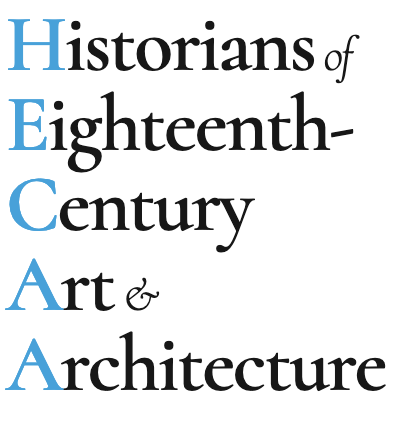

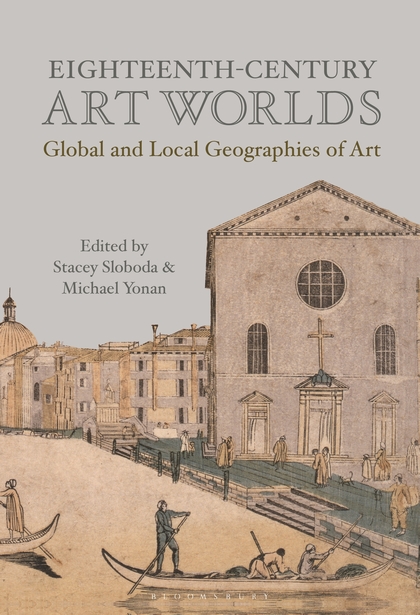

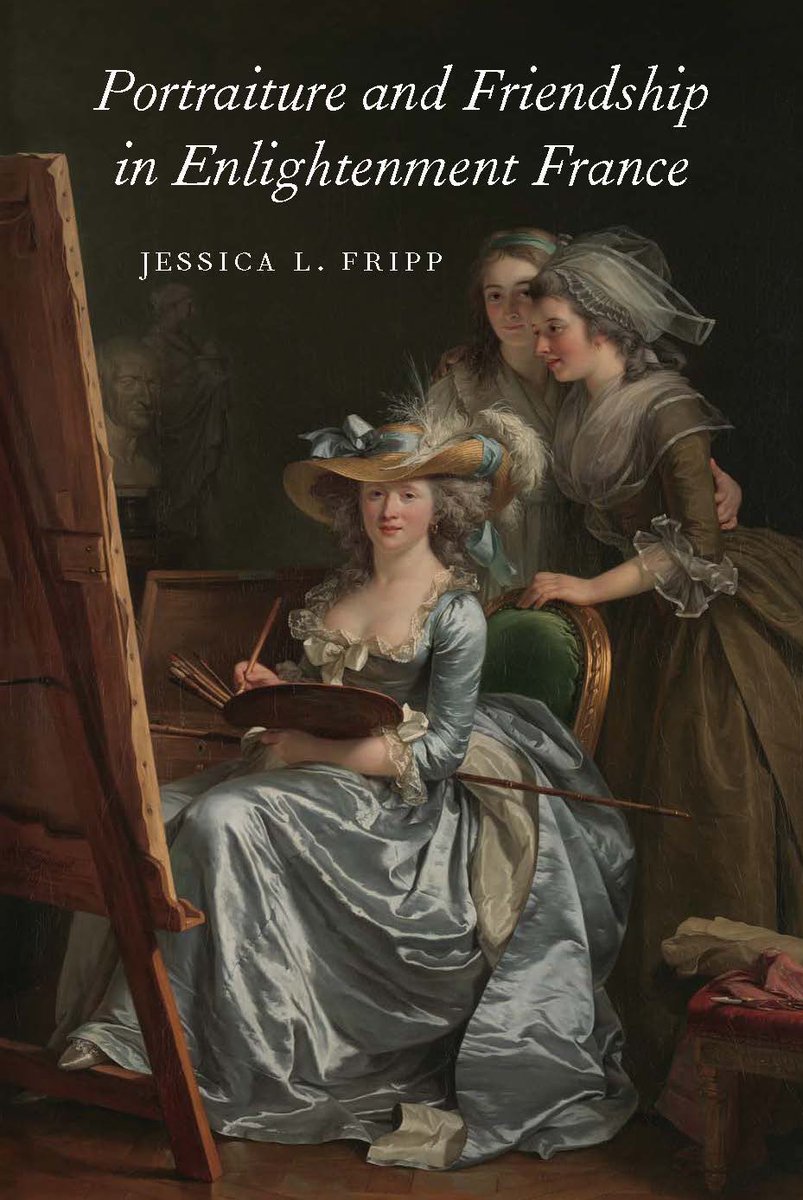















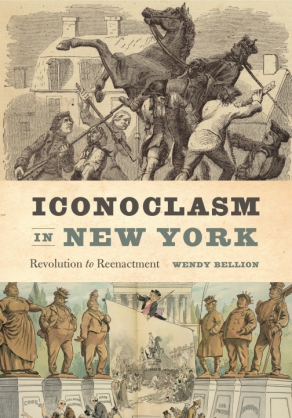



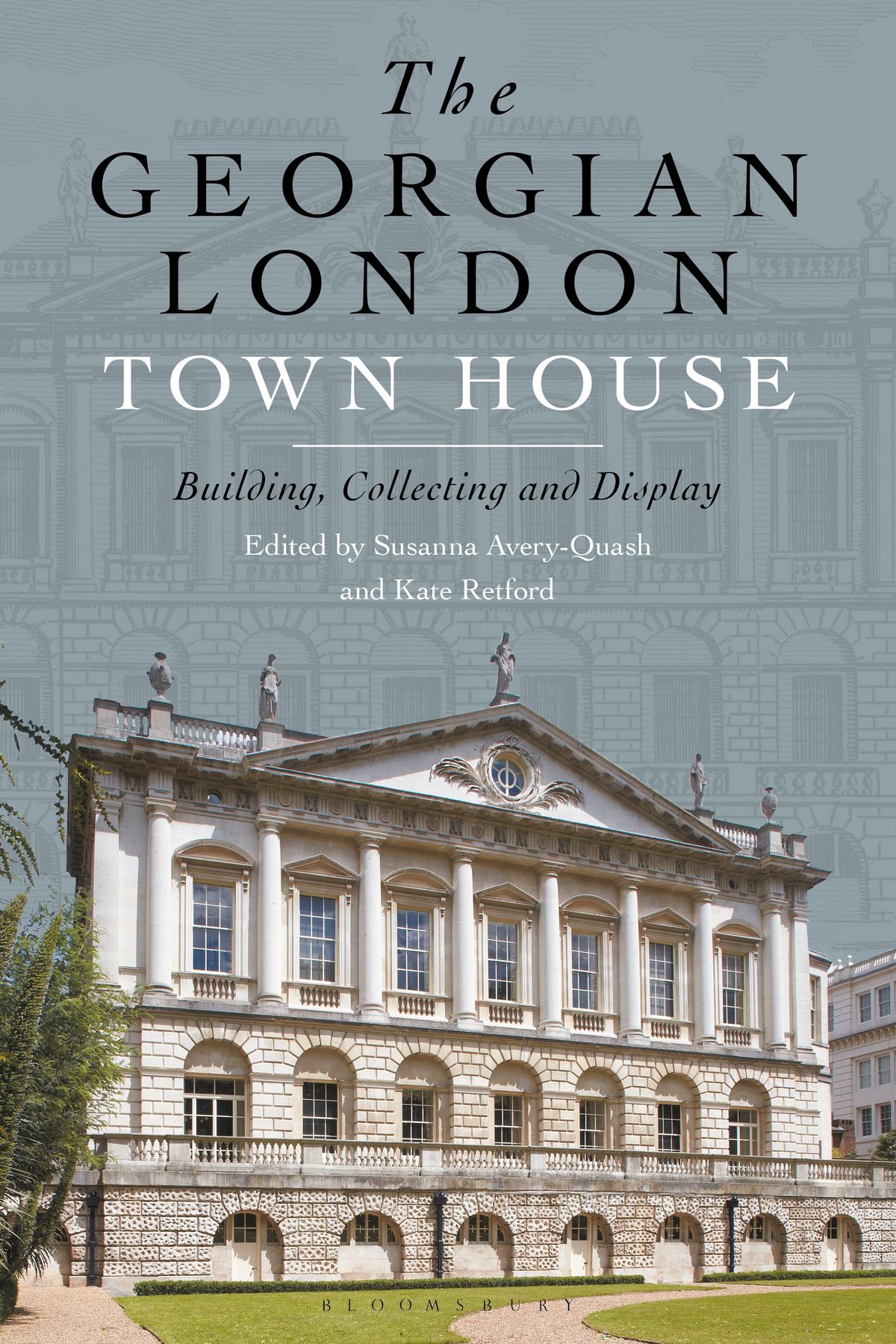


leave a comment